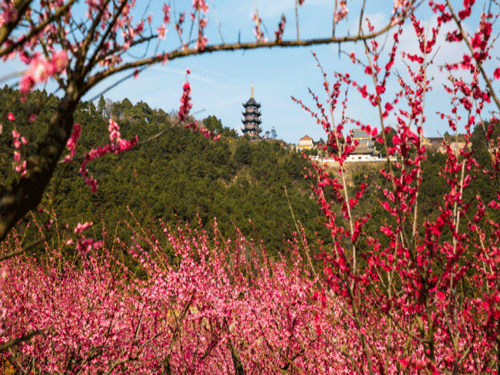Take you into the development history of waterborne paint
Any a product have to undergo the process of research and development, trial, and then gradually maturing, so does waterborne paint. It also experienced a series of development: at the first, waterborne paint has all kinds of faults such as poor heat resistance and poor coating effect, but as the technology matures, such faults are also hit off gradually. Let’s look at the development of waterborne paint next.

Paint had already been enjoying popular support in consumers, while a lot of consumers understand very little about paint, a few bosses who have been selling paint for tens of years is not very understanding to hazards of paint. You can only check in a month after painting, and consumers think that the paint is non toxic this time, actually, this is wrong, when there is no excitant odour, it just signifies that formaldehyde volatilizes to the extent that human can accept physiologically, benzene, toluene, free TDI in paint curing agent and diluent are still volatilizing, it takes at least decades for these things to completely volatilize, and aromatic hydrocarbons have a great impact on the mental development of infants, children and unborn babies, free TDI also has carcinogenic risk, and the use of paint has long been banned by developed countries in Europe.
Generally speaking, the water-based paint technology experienced the following three stages:
The first generation of water-based paints is mainly made of acrylic acid. They are water-fast and weather resisting. Their drawback lies in general comprehensive performance, relatively low chemical performance (for example, poor resistance to alcohol and alkali), low physical indexes such as hardness and wearability, this is also the reason why most people think that waterborne paint is not ideal.
The second generation of water-based paint is mainly made of acrylic acid and aqueous polyurethane compounds, not only inherited such good advantages as weatherability and good construction tolerance of the first generation of acrylic products, but also improved the hardness of water-based paint. However, the chemical performance is still low, currently, only a handful of domestic companies can produce intermediate water-based paint.
The third generation of water-based paint is mainly made of acrylic modified water-based polyurethane. On the basis of the second generation of water-based paint, the comprehensive performance of product is greatly improved. The hardness is above 2H upon pencil test and fully satisfies daily need. The wear resistance even exceeds oily paint, and it has apparent advantage in service life and colour scheme; More importantly, it is high-grade water-based paint stable in chemical performance, more resistant to alcohol and alkali than the first two generations, but the technology has been monopolized by a few domestic and foreign manufacturers.
Although the water-based paint has the advantages such as good environmental protection film effect, there is a certain gap between the single-component water-based paint and two-component oily paint on hardness, high temperature resistance and other performances. For example, when used in table and floor, it’s very easy to show its performance inadequacy. This functional flaw led to the appearance of false two-component waterborne paints on the market.
Some small coating factories on the market began to roll out alleged bi-component waterborne paint, that is actually the improved product of a kind of paint, although its hardness was improved a lot, it contains a lot of poisonous materials same as common paint does, and disobeyed the original intention that waterborne paint shall protect the environment, human health and be avirulent.
Although water-based paint has experienced a series of development, hit a lot of faults, the formula vary greatly on the market. Engaged in the development and production of water-based paint for many years, MinYue Industry Paint (Xiamen) Co., Ltd. has a experienced research and development team, and welcomes consulting.



